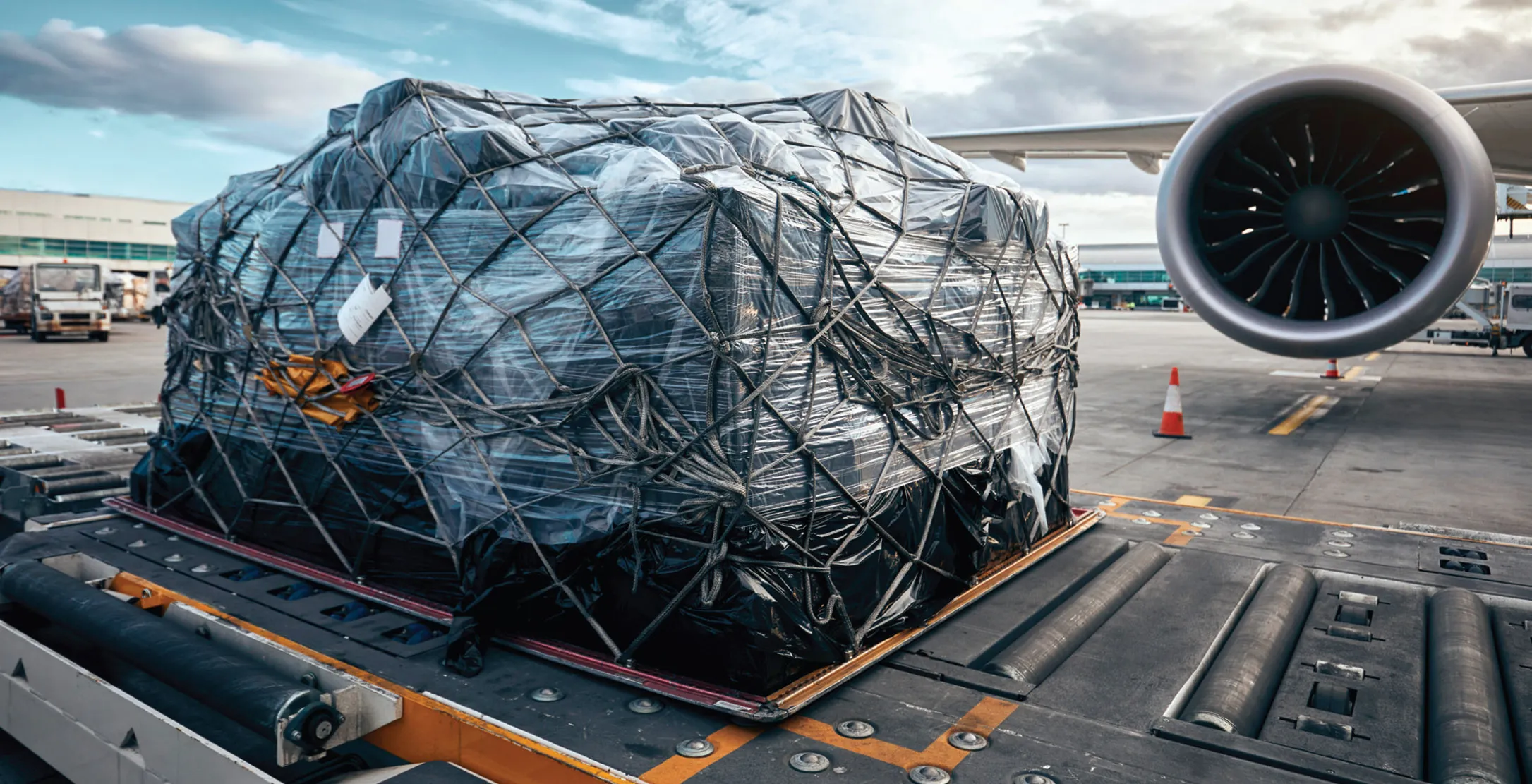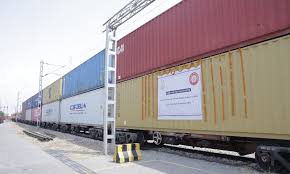Indian airlines face substantial cargo backlogs at key international airports due to soaring volumes, exacerbated by ocean trade diversions and traditional peak seasons, reports reveal.

According to industry insiders, major international airports in India, particularly Delhi and Mumbai, are grappling with significant cargo backlogs as volumes surge, fueled partly by ocean trade diversions and seasonal peaks in air cargo demand during March and April.
The acute capacity overhang is attributed to lingering Red Sea-linked challenges and robust growth in India’s air exports, which witnessed a remarkable 21 percent year-on-year expansion in the first 11 months of fiscal year 2023-24.
Delhi Air Cargo, in particular, experienced a staggering 43 percent increase in volumes last month, primarily driven by ready-made garment (RMG) shipments, with high demand observed on European routes leading to congested space and carriers facing the necessity of leaving scheduled packages behind.
In response, airlines have substantially hiked rates to Europe and the US, aiming to manage the congestion and capitalise on the heightened demand. However, this congestion has led to extended transit times, with average transit times to the US reaching nine days and five to six days to the EU due to heavy backlogs.
Industry experts emphasise the importance of predictive capabilities within cargo community systems to anticipate delays and demand shifts, facilitating better industry preparedness amidst the current challenges.
The congestion at Delhi Airport is further compounded by the influx of RMG shipments from Bangladesh for transshipment, prompting calls from Indian apparel exporters to reevaluate cross-border logistics arrangements to ensure competitiveness in the domestic trade market.
Despite these challenges, overall Indian exports surged by 12 percent year-on-year last month, marking an 11-month high, driven by consistent performance from exporters despite supply chain disruptions.
Beyond India, Dubai emerges as a significant sourcing hub for European importers, witnessing notable conversions from ocean to air freight, while South Africa reports a remarkable 35 percent surge in air cargo volumes, according to reports from forwarder associations.











